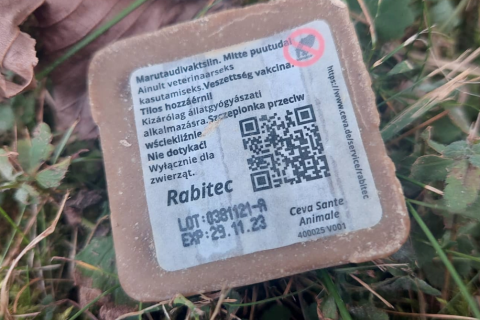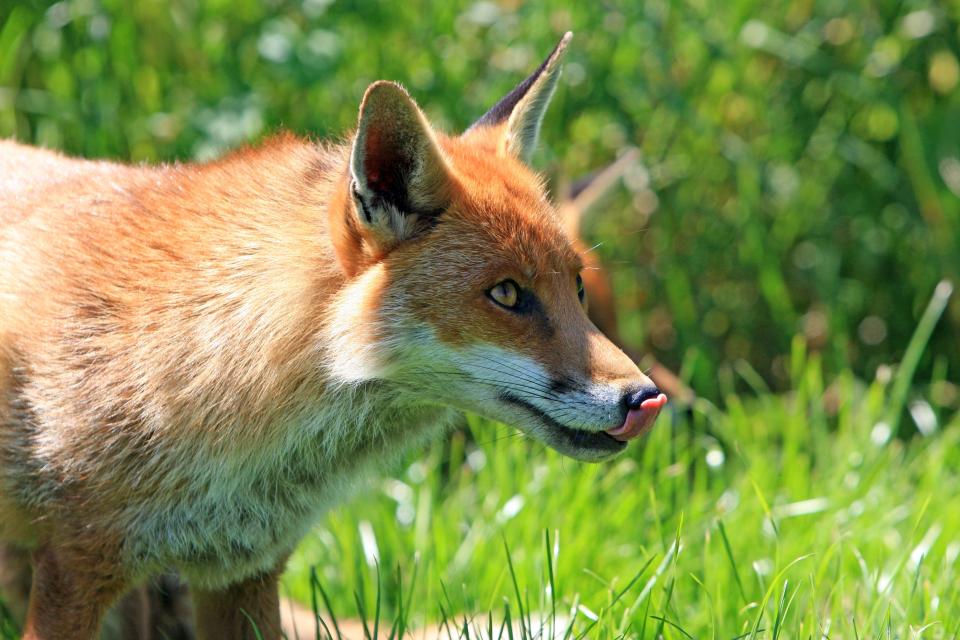Vaccination will be held in Northeastern and Southeastern parts of Estonia. Pieces of vaccine are left for wild foxes and raccoon dogs.
There has not been any outbursts of rabies in Estonia for ten years, vaccines have been provided for wild animals during spring and autumn. Based on the results of the control after vaccination, it can be said that on average 76% of the wild animals in the target group have eaten the vaccine. Protective antibodies against the virus have been found from 46% animals studied, this is a level that reliably prevents infection.
The area whera vaccine pieces are provided is 50 kilometers from the land border of Russia and 30 kilometers from the Narva river The largest river in the country by discharge. .
Special baits for wild animals are used for vaccination. It is made from fish-powder, inside is hidden capsule with liquid vaccine. Vaccine baits are sown from the air by small aircraft. Vaccines are not sown over cities, settlements, roads and water bodies.
If a piece of vaccine is found, it must be left intact where it was found. If there is a risk that children or domestic animals may find the vaccine piece, the vaccine bait must be moved using rubber gloves. If the vaccine contained in the bait has got into a fresh wound, eye or mouth, the area should be washed with plenty of water (in the case of skin, also with soap) and consult a family doctor. During the vaccination and the following few days, dogs and cats must be kept in the courtyards in the vaccination area.
Rabies is a viral disease that causes encephalitis in humans and other mammals.




